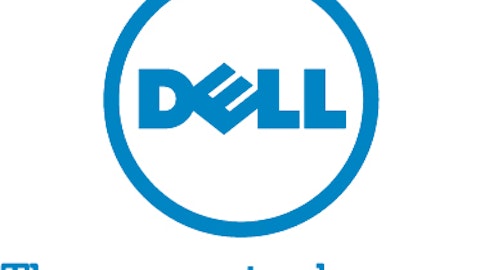I think it’s for you
“Mr. Watson, come here — I want to see you.” Alexander Graham Bell had just spoken the first words ever heard through a telephone on March 10, 1876. This landmark utterance actually occurred three days after Bell had gained the first telephone patent ever issued in the United States, which was an unusual ordering in those days — most patents were granted only after proof of concept. The race to create the telephone led to one of the great patent battles of American corporate history, as Bell fought off other inventors with better business acumen and cleverer legal tactics. This first phone call — and the legal victories that followed — led to the rise of AT&T Inc. (NYSE:T) as a national monopoly, as Bell’s control of the industry strengthened in the years thereafter. Click here to read more about the innovation, intrigue, and subterfuge behind the creation of the telephone and the birth of AT&T Inc. (NYSE:T).
Thomas Edison, patent troll
Legendary inventor Thomas Edison is so well known in large part because of his prolific use of the patent, and his subsequent dogged defense of those patents. However, not all of these defenses worked out. Edison lost an important patent lawsuit against American Mutoscope & Biograph on March 10, 1902, severely eroding his exclusive claim over the nascent field of motion pictures.
A circuit court decision, written by Judge William Wallace (middle name James; no known relation to the famous Scotsman played by Mel Gibson), states:
It is obvious that Mr. Edison was not a pioneer, in the large sense of the term, or in the more limited sense in which he would have been if he had also invented the film. He was not the inventor of the film. He was not the first inventor of apparatus capable of producing suitable negatives, taken from practically a single point of view, in single-line sequence, upon a film like his. … Undoubtedly Mr. Edison, by utilizing this film and perfecting the first apparatus for using it, met all the conditions necessary for commercial success. This, however, did not entitle him, under the patent laws, to a monopoly of all camera apparatus capable of utilizing the film. Nor did it entitle him to a monopoly of all apparatus employing a single camera.
The decision reopened the floodgates of film competition, but it also pushed Edison toward a strategy of highly specific patents over numerous subsets of the filmmaking process. This new strategy — common among hardware and software companies today — allowed Edison to regain his dominance of the Eastern motion picture industry and also established a modern precedent of control over a new technology by patenting small but vital elements of its design. Edison’s early East Coast competitors, eventually worn down by further patent suits, agreed in 1908 to create the Motion Picture Patents Company, the earliest motion-picture trust.
The MPPC had a major role in the rise of Hollywood, as its many restrictions on the filmmaking process pushed creative experimentation to the West Coast, far from the easy reach of Edison’s patent lawyers and the courts that looked favorably on his claims. On the other hand, Edison did invent the lolcat video, so he had a fairly good idea of what people wanted to watch:
Eventually, the MPPC trust was broken by federal antitrust action in 1917, which only encouraged the establishment of another trust — this one centered in Hollywood and built on the production and distribution of motion pictures, rather than on the patent system. Unfortunately, the new studio cartel didn’t appreciate the lolcat quite so much, which meant that it would have to wait until the Internet was invented to catch on with the viewing public.
GE hasn’t made it back to its dot-com peak, and the recent financial crisis struck a serious blow, but the company is starting to look stronger than ever after refocusing on its roots in innovative energy production. If you’re a GE investor, you need to understand how these new bets could drive the company to become the world’s leader in infrastructure. At the same time, it’s important to be aware of the threats to GE’s continued growth. To help, we’re offering comprehensive coverage for investors in a premium report on General Electric, in which our industrials analyst breaks down GE’s many varied business segments. You’ll find multiple reasons reasons to buy and to sell GE today, and will come away equipped with the knowledge to make the right choice. To get started, click here now.
The article The Death of the Dot-Com Era and the Long Fall of the Nasdaq originally appeared on Fool.com.
Fool contributor Alex Planes holds no financial position in any company mentioned here. Add him on Google+ or follow him on Twitter, @TMFBiggles, for more insight into markets, history, and technology.The Motley Fool owns shares of General Electric and IBM.
Copyright © 1995 – 2013 The Motley Fool, LLC. All rights reserved. The Motley Fool has a disclosure policy.





